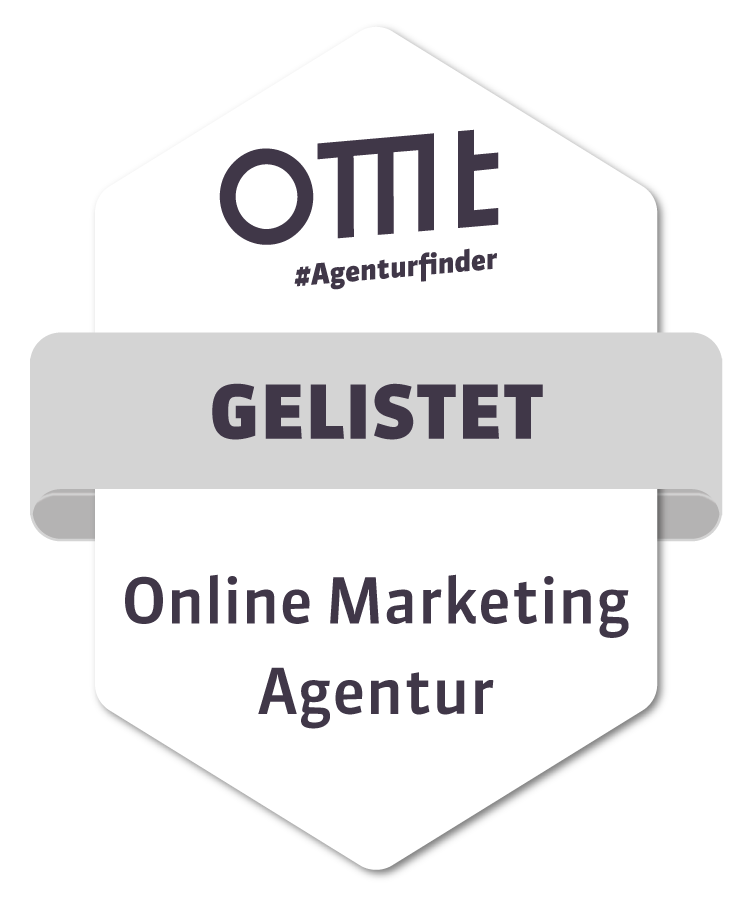In marketing, it is important to have a good understanding of the impact of the message that one wants to convey through marketing activities on the target audience. Advertising effectiveness models are helpful tools for assessing the individual steps and the influencing effects.
Goals and benefits of advertising effectiveness models
- Understanding consumer behavior
- Optimization of advertising strategies
- Measurement of advertising success
- Derivation of advertising objectives
- Visualization of the customer journey
- Support for data-driven decisions
Advertising effectiveness models help to understand the subconscious influences triggered by advertising and break them down into individual elements in order to improve the purchasing process. These models act as a structured 'framework' for taking the right actions at the right time. They also serve as a tool for analyzing visible 'attributes,' such as brand awareness or sales figures, and evaluating successes based on them. Each of these models pursues its own goal. For example, the AIDA model breaks down customer reactions to define specific goals for each phase.
The three categories of advertising effectiveness models
Stage models assume that advertising triggers a step-by-step process of impact. In this process, each step represents a sub-goal and ideally ends in a conversion.
- AIDA model (Attention, Interest, Desire, Action)
- DAGMAR model (Defining Advertising Goals for Measured Advertising Results)
- Hierarchy of Effects-Modell
- Innovations adaptions model
Process models focus less on the goal itself and more on the path to the goal. This path is shaped by various processes, which are closely examined here in order to identify and address errors and risks early on.
- Customer-Journey-Mapping
- Elaboration Likelihood Model (ELM)
Stimulus response models (SR models) are based on the idea that consumer behavior directly responds to cultural or social stimuli.
- SR model
- Black box model
- SOR model
Advertising effectiveness models in detail
- The AIDA model is arguably the most well-known advertising effectiveness model. As mentioned earlier, it describes the journey from the first contact to the customer’s purchase action in four phases: Attention, Desire, Interest, and Action.
- The DAGMAR (Defining Adversiting Goals for Measured Advertising Results) model defines clear and measurable goals for each phase, making it possible to make customer engagement more attractive.
- The elaboration likelihood model (ELM) goes a bit deeper. Instead of only considering external influences, the ELM primarily focuses on the processing of advertising messages. There are two routes that can be taken:
- With the central route, one engages with the advertising message.
- With the peripheral route, one focuses on superficial cues, such as the attractiveness of the message to the viewer.
Peripheral cues in advertising
Peripheral cues enable quick, emotional processing of the message and are particularly important for low-involvement products (such as everyday goods). However, these cues alone are not enough to bring about long-term attitude changes. A combination of substantial arguments and peripheral cues leads to the best results.
Limitations and challenges of advertising effectiveness models
Despite their great importance, advertising effectiveness models also have their limitations. They often assume ideal conditions, while other important factors, such as situational factors or social/cultural influences, are not taken into account.
Conclusion
If you want to gain a deeper understanding of your sales and marketing processes, applying these models is certainly a good idea. They provide a solid basis for improving these processes, but they sometimes assume ideal conditions. Therefore, you should not rely solely on the results, but rather incorporate individual company-specific or product-specific factors in the final step.
With the right model and thorough analysis, advertising effectiveness models provide a strong foundation for understanding and optimizing a marketing or sales process.









